23 amazing food and drink facts you probably didn't know
Lovefood Team
13 March 2017
Amazing and surprising facts you didn’t know about food
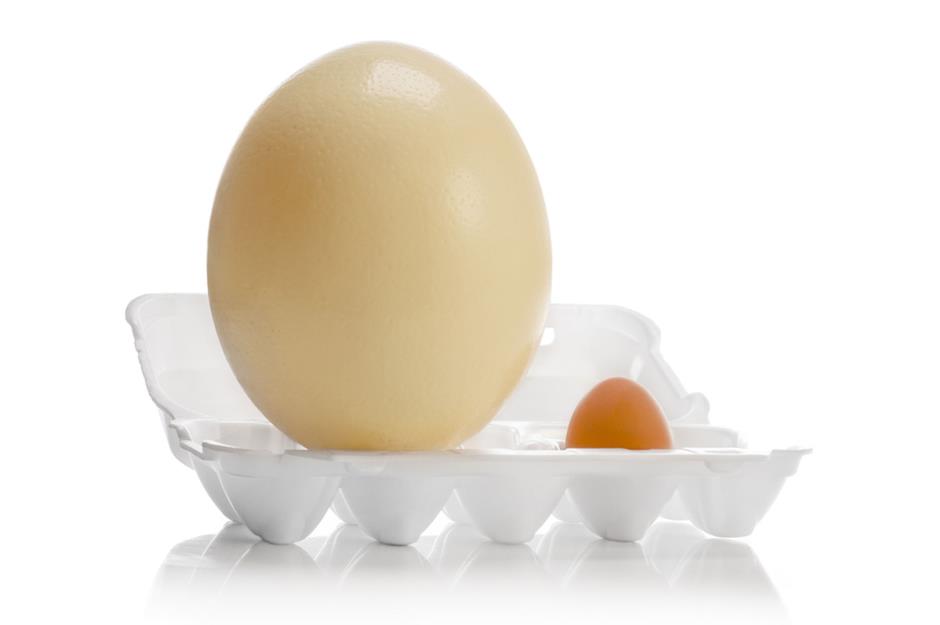
Valery Bareta/Shutterstock
There’s more to the food we eat and the beverages we drink than meets the eye, as these facts prove.
Oranges aren’t always orange
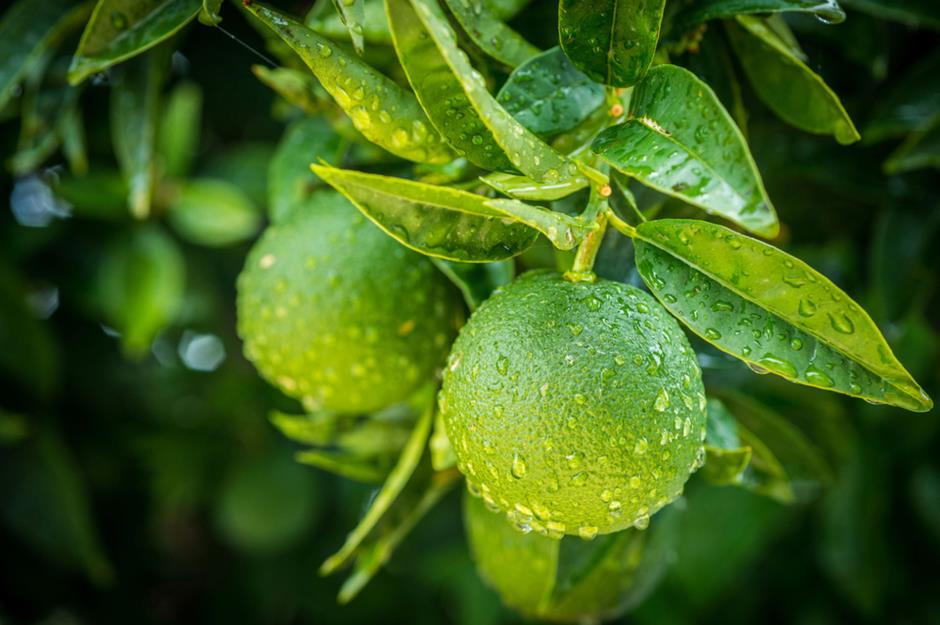
Marko Poplasen/Shutterstock
Oranges can be ripe when they’re yellow or green but as this confuses people they’re often ripened using ethylene gas to reach the preferred color.
Sugar has many names
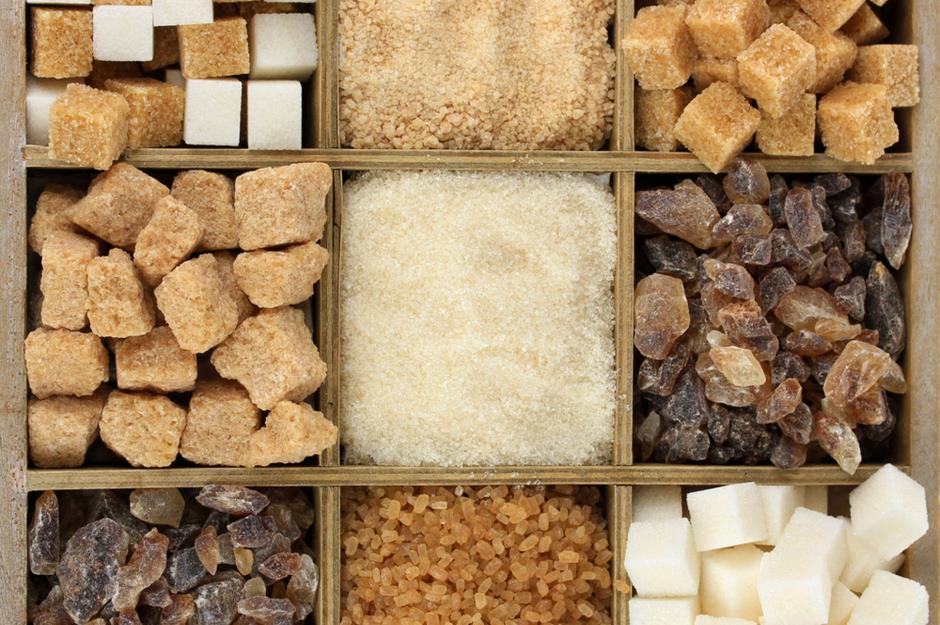
Africa Studio/Shutterstock
Added sugar comes under all sorts of guises – there are nearly 60 names for it in the US alone, according to a presentation by Robert Lustig, MD and Professor of Pediatrics at the University of California. These range from natural sources such as honey to the more obscure diastatic malt and dextran.
Oysters are alive when they’re eaten
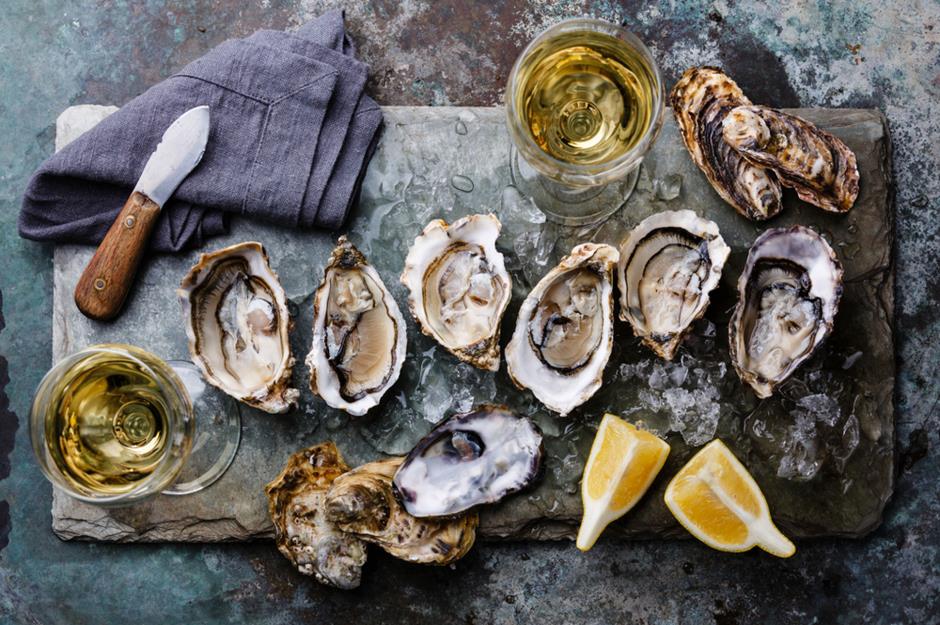
Lisovskaya Natalia/Shutterstock
When we eat oysters in a half shell the shellfish is still technically alive. We consume them this way because bacteria growth renders them unsafe to eat when they’re dead.
Peanuts aren’t nuts
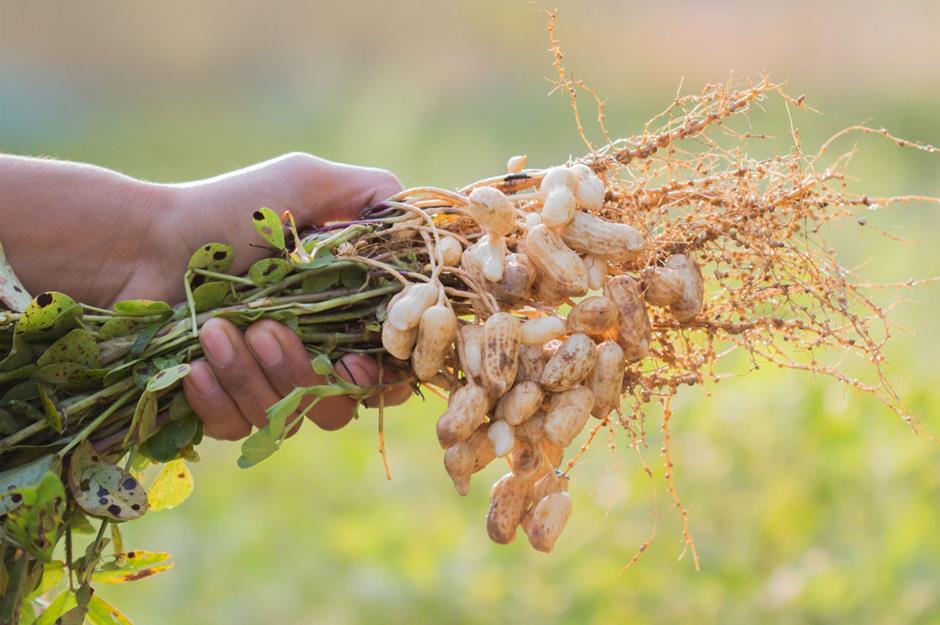
Benjamas 11/Shutterstock
Peanuts are actually legumes that grow underground, which explains why people with nut allergies can usually eat peanuts and people with a peanut allergy can eat nuts.
And almonds aren’t nuts
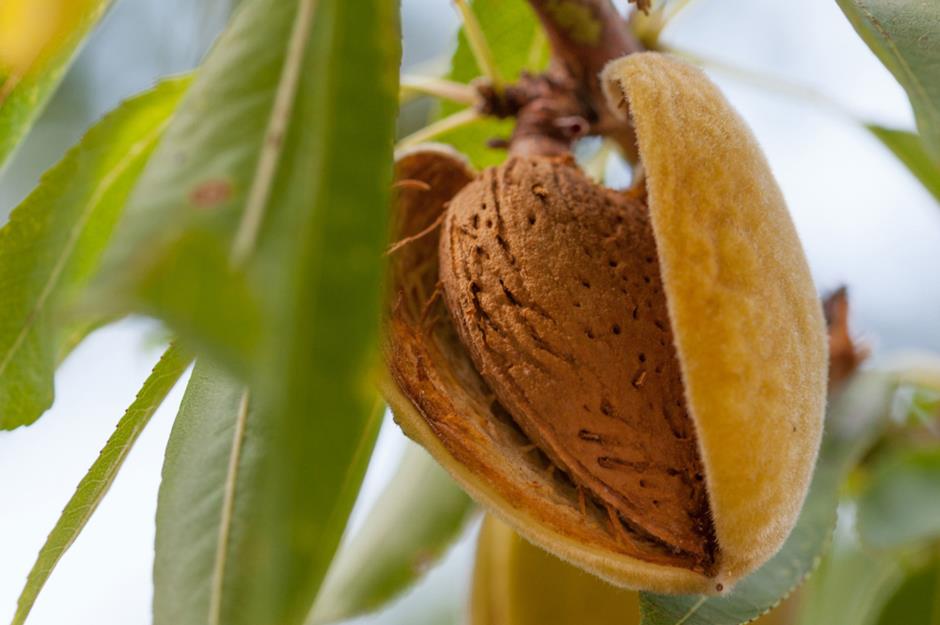
Franck Boston/Shutterstock
After the shell and hull is removed, the part of the almond we eat is a seed not a true nut. The almond tree is actually part of the same tree species as the peach.
Not all yogurt is created equal

Keith Homan/Shutterstock
Natural yogurt is largely regarded as healthy but Greek yogurt or Icelandic skyr contains more protein – up to twice the amount as normal yogurt. Go for the natural, strained variety though, as some Greek (or ‘Greek-style’) yogurt is thickened with additives.
Eating carrots can turn your skin orange

Africa Studio/Shutterstock
Carrots contain the pigment beta-carotene and consuming too much of it can result in a harmless condition called carotenemia where the skin develops a golden tint. It’s most commonly seen in areas where we sweat, such as the soles of our feet or our palms, and children are more prone to it. Just three large carrots a day can cause this effect.
Some people are terrified of cooking

Marcos Meso Sam Wordley/Shutterstock
If you’re always the one making dinner at home it could be that your partner or roomies have mageirocophobia, a very real fear where sufferers panic at the thought of being harmed or harming others by cooking.
Decaffeinated coffee contains caffeine

Chombosan/Shutterstock
It’s only a small amount – up to 16mg compared to 100-200mg for an 8oz cup of brewed coffee – but it’s still caffeine.
Ketchup used to be medicine

Pogonici/Shutterstock
In the 1830s, Dr John Cooke Bennet recommended that vitamin-rich tomatoes could cure a number of ailments, including indigestion and rheumatism, and sold pills made from the sauce. The idea fell out of favor a couple of decades later.
Eight foods are responsible for most food allergies
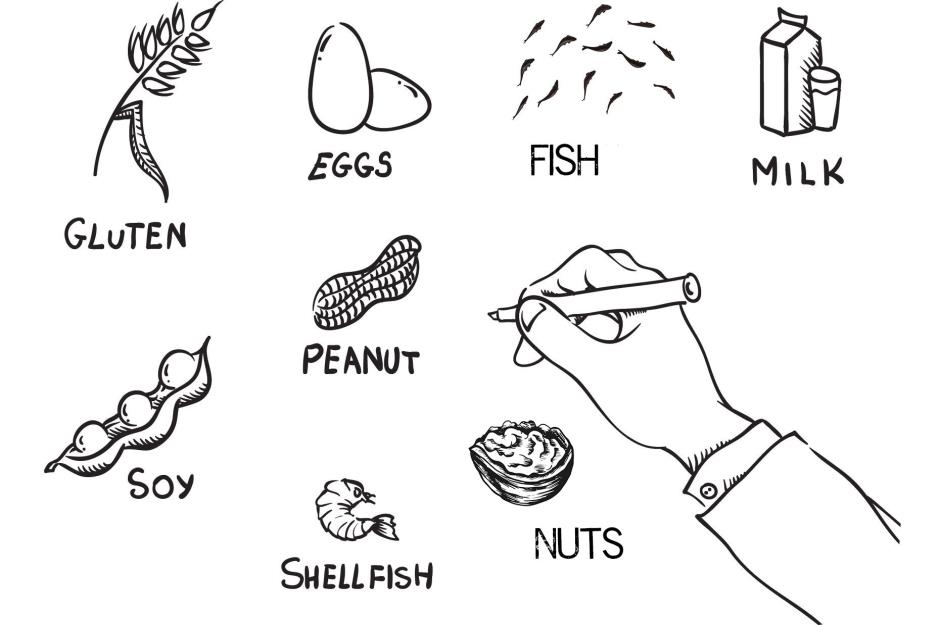
Malajka/Sbkhkt/Dolininan/Shutterstock
Of all the foods we eat 90% of allergies are attributed to eggs, fish, shellfish, milk, peanuts, tree nuts, soy and wheat.
Some ice cream has seaweed in it

Doronin Denis/Shutterstock
Agar (or agar-agar) and carrageenan are natural thickening agents made from seaweed which are present in many manufactured foods, including ice cream.
Watercress is super-nutritious
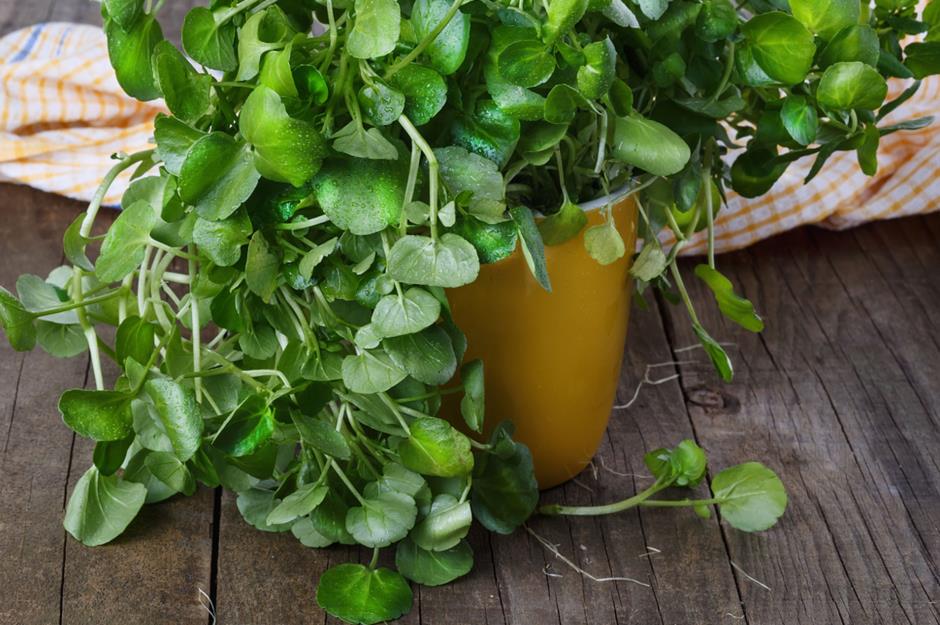
Yulia von Eisenstein/Shutterstock
According to research conducted by the CDC (Centers for Disease Control and Prevention) of 47 foods studied for fiber, potassium, protein and vitamins, watercress had the highest nutritional density, followed by Chinese cabbage, chard, beet greens and spinach. So don’t skimp on leafy greens.
Bananas are the world’s most grown fruit
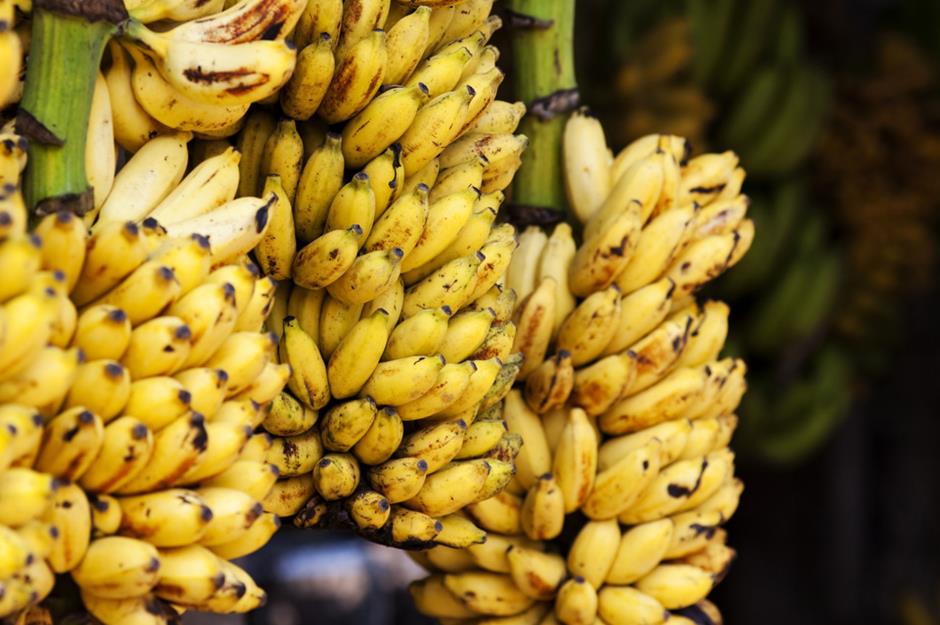
Melis/Shutterstock
In 2014, more than 114 million metric tons of bananas were grown worldwide, followed by watermelons (111 million).
Nutmeg can cause hallucinations
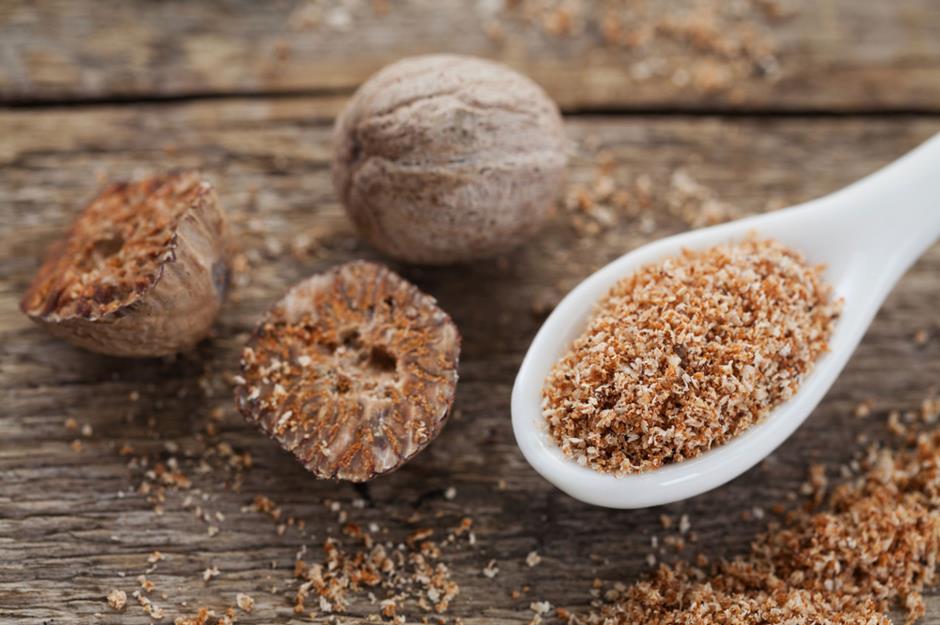
Shutterstock
This spice contains a mind-altering substance called myristicin that can be hallucinogenic, but it only occurs in large doses and causes unpleasant side effects such as vomiting and nerve problems.
There’s a maggot cheese
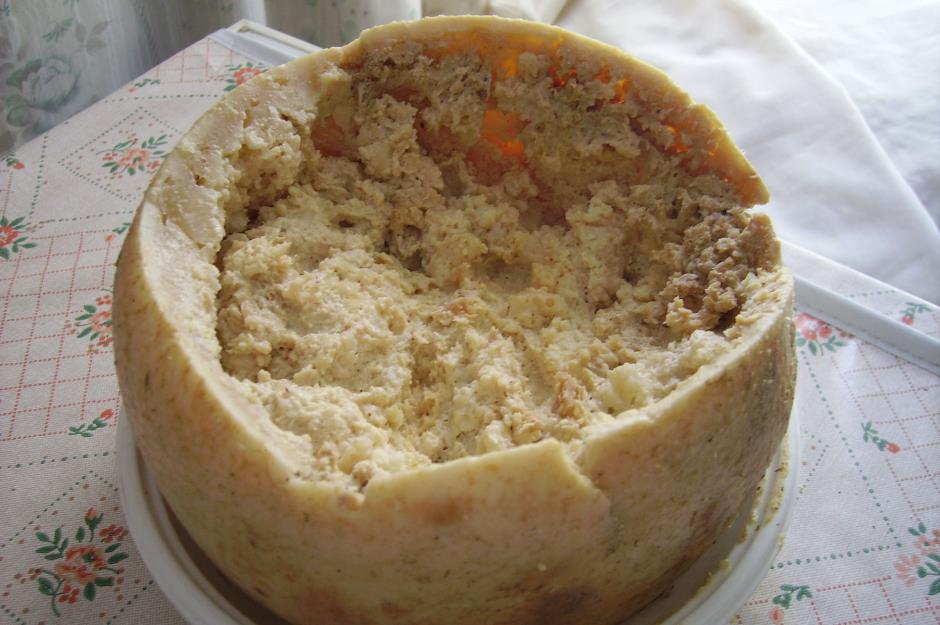
Shardan/Creative Commons/Wikipedia
It's called Casu Marzu and it's a local delicacy in Sardinia. It's intentionally infested with the live maggots of cheese flies and is said to be very ripe tasting and quite crunchy.
And a tree that produces 40 different fruits

Sam Van Aken/Ronald Feldman Fine Art/Creative Commons
In 2008 an American artist called Sam Van Aken created a tree of 40 fruit using a process called chip grafting. It evolved as an expression of art and conservation and produces 40 types of stone fruit including apricots, cherries, peaches and plums.
Teabags were an accident

Africa Studio/Shutterstock
In the early 20th century an American tea merchant called Thomas Sullivan sent out tea samples in small mesh bags that some customers assumed were infusers. Sullivan listened to feedback, tweaked the fabric, and the teabag was born.
Pigs will eat humans
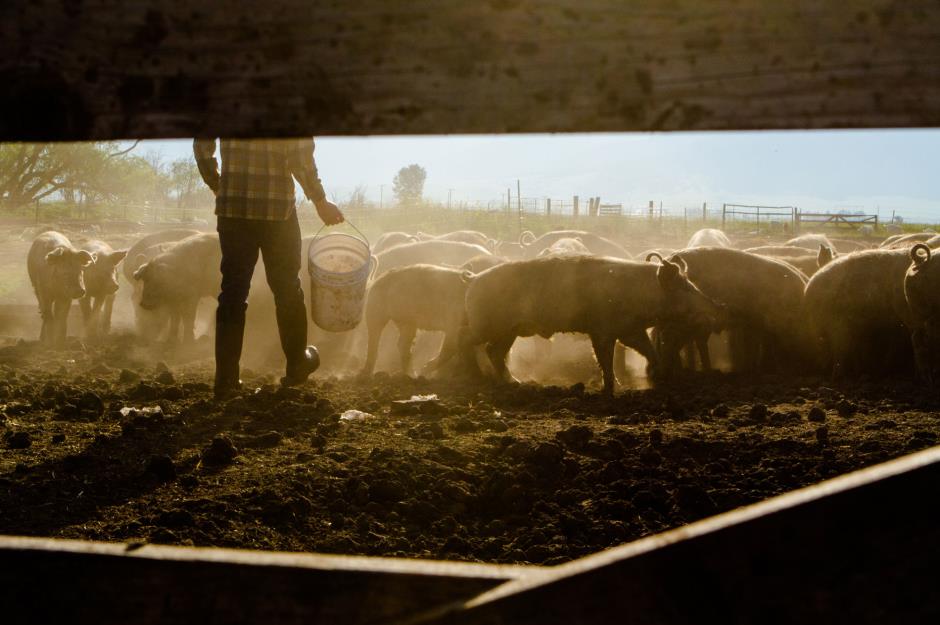
OUTDOOR MEDIA/Shutterstock
Pork and bacon lovers beware – pigs have been known to turn the tables on us. There have been numerous cases of pigs eating people, including an Oregon farmer who was consumed by his herd in 2012, but it’s not porcine revenge – pigs are opportunistic and have voracious appetites.
Food is allowed to contain hair or bugs
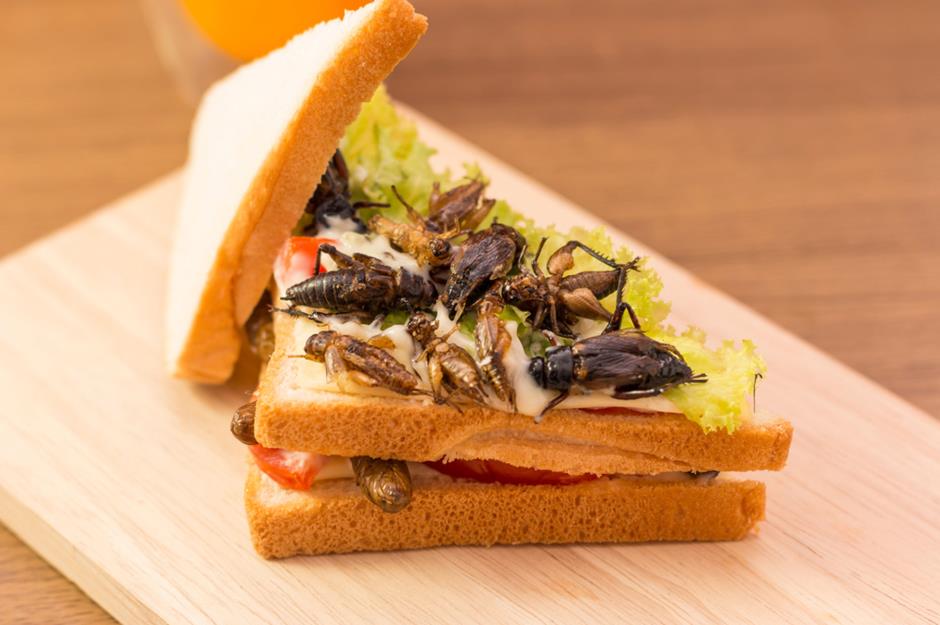
Charoenkrung Studio 99/Shutterstock
The US Food and Drug Administration permits a certain amount of insect fragments and rodent hair in manufactured foods. These hidden extras are known as natural defects.
Tonic water glows in the dark

PRILL/Shutterstock
To liven up a cocktail party shine ultraviolet light on a gin and tonic. According to Scientific American, the small amount of quinine in the tonic makes the water ‘fluoresce a brilliant, bright blue’.
China produces way more garlic than anywhere else

LEE SNIDER PHOTO IMAGES/Shutterstock
In 2014, China produced more than 20 million tons of garlic. The second biggest producer was India, with a mere 1.2 million.
Ostrich eggs take a long time to cook
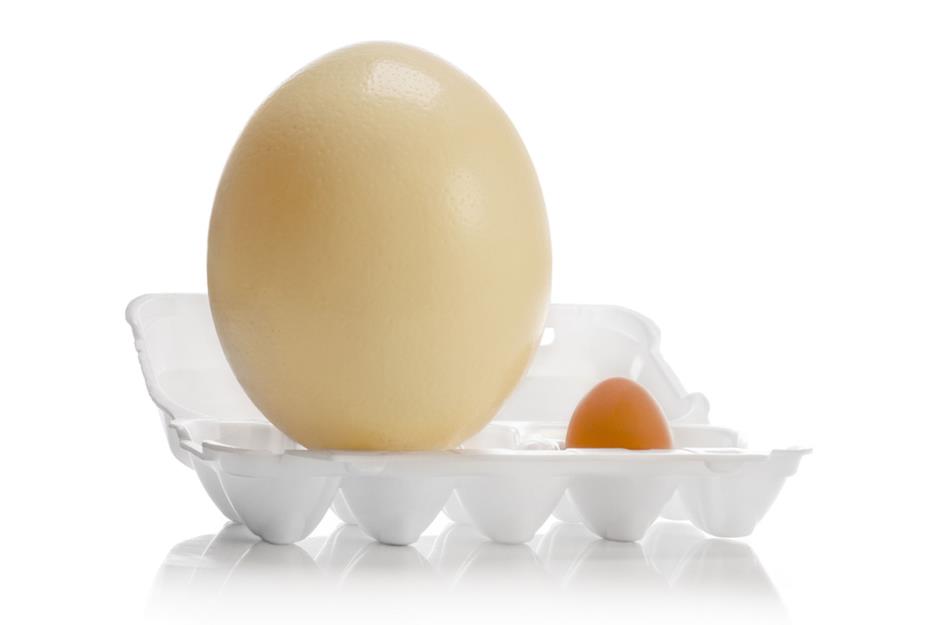
Valery Bareta/Shutterstock
A hen’s egg takes five minutes to soft-boil while an ostrich egg takes 45-50 and provides 2,000 calories to a hen’s 80.
Comments
Be the first to comment
Do you want to comment on this article? You need to be signed in for this feature
Most Popular
Reviews 31 unbelievably sugary cereals from around the world